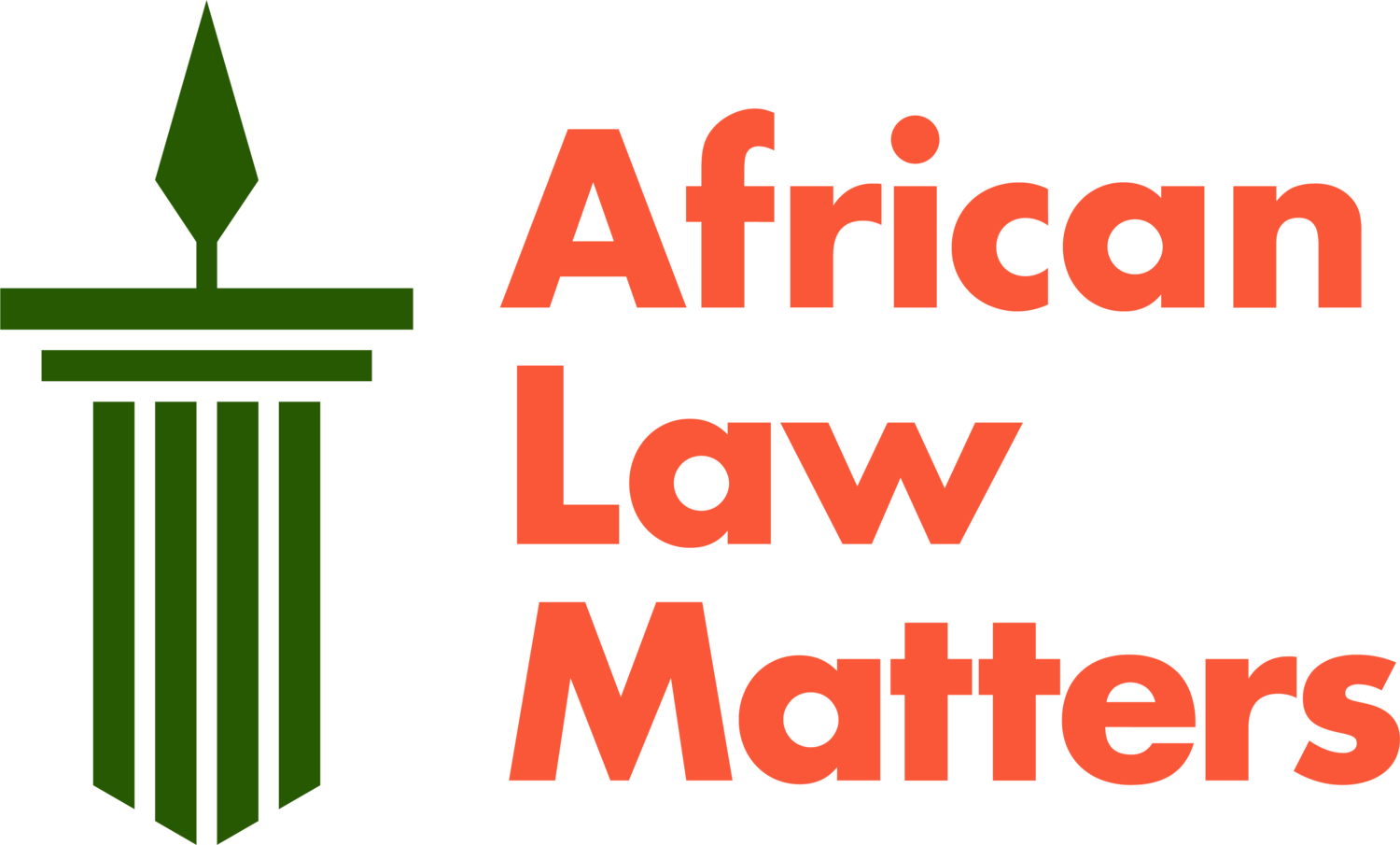Competition Commission of South Africa v Mediclinic: A Trinity of Errors
"Constitutional Court South Africa" by Ashraf Hendricks is licensed under CC BY 4.0.
In Competition Commission of South Africa v Mediclinic (‘Mediclinic’) the South African Constitutional Court was confronted with a merger in the healthcare services sector.
Mediclinic Southern Africa, one of the largest hospital groups in South Africa, sought to acquire Matlosana Medical Health Services, which owned two hospitals in Klerksdorp. Mediclinic owned a multidisciplinary hospital in Potchefstroom, but none in Klerksdorp. Potchefstroom and Klerksdorp are just under 50 km apart, with a travelling time of approximately 41 minutes.
Here is how a traditional merger analysis would have parsed these facts. One first asks whether a hypothetical monopolist in the Klerksdorp area would have been able profitably to impose a small but significant non-transitory increase in price (‘SSNIP’). If it could not, this suggests that other competitors constrain the market power of the hypothetical monopolist to implement a SSNIP. Klerksdorp is then its own market. It follows that the merger of two entities, one of which has a presence only in Klerksdorp, and the other of which does not have any presence in Klerksdorp, cannot have any competition implications for the Klerskdorp market for healthcare services. Accordingly, the merger should be approved.
This is how the Competition Appeal Court reasoned. Assuming a five percent increase in prices, it held that it was highly unlikely that a sufficient number of Klerskdorp residents would travel the 50 kilometers to Potchefstroom so as to render the SSNIP unprofitable. It concluded that Klerksdorp is its own market and approved the merger (subject to conditions). In doing so, it set aside the decision of the Competition Tribunal.
As for the Constitutional Court, instead of engaging in a traditional merger analysis, or even disputing the validity of the Competition Appeal Court’s analysis, it completely sidestepped the issue. In its view, the question to be answered was one about the powers of the Competition Appeal Court, specifically, as to whether the Competition Appeal Court was empowered to interfere with the factual findings of and remedy given by the Competition Tribunal.
This, to put it mildly, is utterly bizarre. An appeal is not the same as a review. An appeal court, unlike a review body, is tasked with determining the substantive correctness of the decision below. It cannot fulfil this function if its power to interfere with the decision of the court a quo is handicapped.
Nevertheless, the Constitutional Court went further. In its view, the Competition Appeal Court was empowered to interfere only if there was misdirection or a clearly wrong decision by the Tribunal (the ‘major premise’).
The major premise of the Constitutional Court’s argument tendentiously derives from a long line of cases starting with R v Dhlumayo and Another (1948 (2) SA 677 AD). Before Mediclinic, it has always been understood that the major premise only applies to the extent that the trial court has a relevant epistemic advantage over the appellate court – usually in ‘seeing and hearing the witnesses’ and in ‘being steeped in the atmosphere of the trial’. Thus, it was said that the major premise was ‘not an inflexible rule’ and its importance should ‘not be overstated’.
Not so in Mediclinic, which elevated the major premise to an inflexible rule without regard to whether the Competition Tribunal holds any epistemic advantage over the Competition Appeal Court.
As it turns out, the Tribunal does not. Most witnesses in competition proceedings are expert economists. As independent witnesses, they do not have much reason to lie. Moreover, as experts, they have reputational reasons to be truthful. Seeing and hearing the witnesses and being steeped in the atmosphere of the trial is therefore not a relevant epistemic advantage in competition proceedings. The traditional rationale of the major premise, therefore, does not apply in competition proceedings.
Instead of relying on the traditional rationale applicable to the major premise, the Constitutional Court in Mediclinic proffered an alternative rationale: ‘the Tribunal’s specialist character and thorough grasp of economic, financial and policy issues.’
The problem is that the Competition Appeal Court is itself an expert appeal body with the requisite economic expertise to consider the merits of a Tribunal decision carefully. This is in keeping with the structure of the Competition Act 89 of 1998, which gives the Competition Appeal Court the power to determine appeals emanating from the Tribunal. That the Tribunal has economic expertise is therefore no reason to scupper the appellate jurisdiction of the Competition Appeal Court.
The Constitutional Court further reasoned that there was no misdirection or clearly wrong decision by the Tribunal (the ‘minor premise’). Here the Constitutional Court’s reasoning seems to be premised on a simple semantic confusion. Specifically, that the Competition Appeal Court, when describing the Competition Tribunal’s decision, says that it ‘erred’. The Constitutional Court makes a mountain of this molehill, saying that the ‘test or trigger for the Competition Appeal Court to exercise its power to interfere with the Tribunal’s findings is not merely that it “erred”. The Tribunal must have misdirected itself or rendered a decision that is clearly wrong’.
This contradicts the Shakespearean maxim that a rose by any other name would smell as sweet. The relevant question is not what the Competition Appeal Court called an error; it is whether this error amounted to a misdirection or a clearly wrong decision. The Tribunal misdirected itself, by applying the SSNIP test to a geographic market that already included the objects of the merger. The SSNIP test was therefore trivially satisfied, leading to the incorrect conclusion that Klerskdorp and Potchefstroom are in the same market.
Therefore, the Constitutional Court was triply wrong. It was wrong to identify the issue as one about the powers of the Competition Appeal Court. It was wrong to apply the major premise as a hard-and-fast rule. Moreover, it was wrong to think that the Competition Tribunal had not misdirected itself. Mediclinic thus reveals the Constitutional Court’s inability to grasp the central problems of Competition law. If accepted as binding precedent, its ratio would all but abolish the institutional structure created by the Competition Act. The supervisory role of the Competition Appeal Court would be eviscerated; the right of appeal in competition law becomes illusory.


